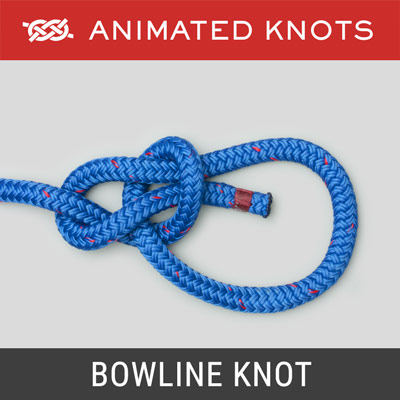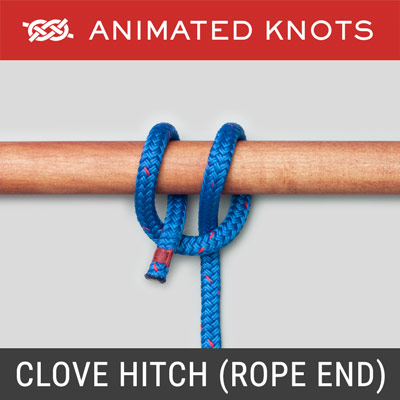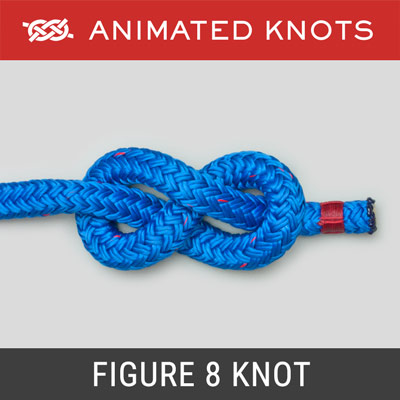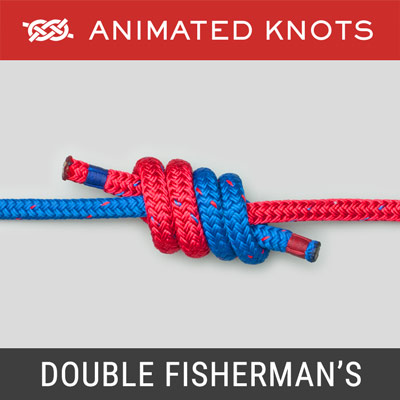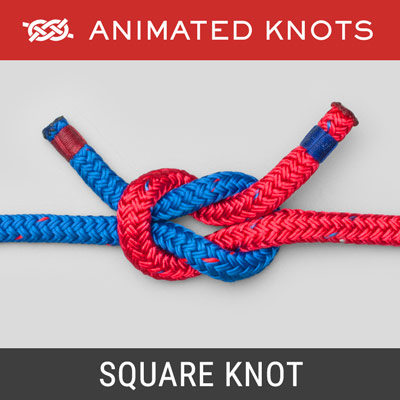The simplest of the Single-Strand Stopper Knots
Overhand Knot
The simplest of the Single-Strand Stopper Knots
 |  |
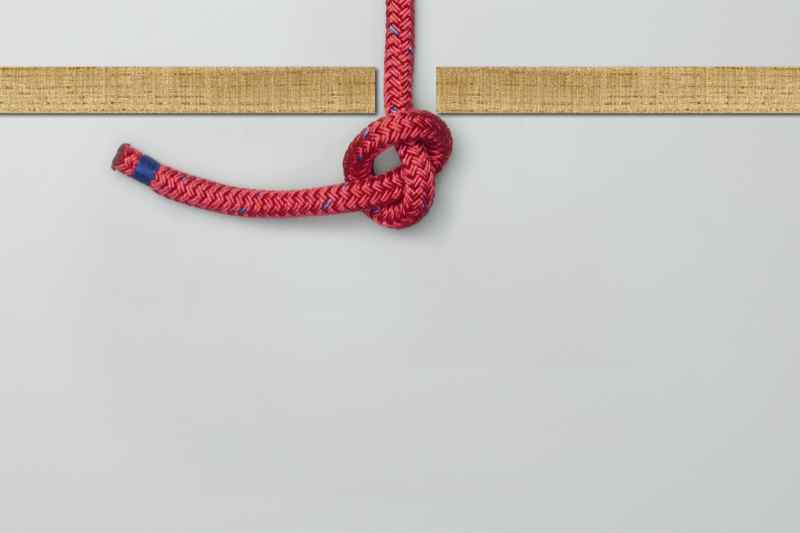
1
 |  |  |  |  |
To Step use Arrow Keys (
Form a loop and pass the end through it. Tighten it to form the Overhand Knot. When pulled tight it can function as a simple stopper knot.
Uses: The Overhand Knot was described by Ashley (ABOK # 46, p 14) as “the simplest of the Single-Strand Stopper Knots.” It can also be used to prevent the end of a piece of rope unraveling.
Comparison: The animation shows the close similarity between:
- The Overhand Knot – tied in the end of a rope;
- The Half Hitch – attaches a rope to something, e.g., a Hitching Post;
- The Half Knot – a binding knot – first part of a Square (Reef) Knot.
Double Overhand Knot: The first turn is often followed by a second – to create the larger stopper knot, the Double Overhand Knot.
Recommendations: As a stopper the Overhand Knot has one advantage: it is one of the few stopper knots that can be tied tightly up against an object or a knot. Although the Double Overhand makes a good stopper “Knot”, when an even larger stopper knot is required, the Ashley Stopper Knot is preferred.
